The tiger safari at Kanha National Park is organized for tracking tigers in the wild. The safari is conducted in open jeeps driven by an organized road network. The road network intersects through a wide cross-section of the park in the core zone often called the tourism zone.
There are four zones in the National Park for tourism these Kanha Zone is preferred the most. The reason for Kanha being a premium zone is the presence of excellent grassland habitats, dense forests, and water bodies that attract game.
Other Zones are:
The only way to enjoy wildlife is on open jeep safaris since trekking is not allowed except on one nature trail. The jeep safaris take place in the morning and evening at fixed times. The timings are usually from the break of sunlight to noon, and from late noon to a little before sunset.
A gate entry charge and booking are necessary before one can enter the park. Eighty percent of gate entry is booked online. and a zone is designated while doing so. Hence book your favorite zone when paying for the gate entry. All this is subject to availability because entry is limited in each zone. So book much in advance while finalizing your tour. Booking is done on the MP Online Website.
The jeep for excursions is available locally at a fixed rate from the association. All your bookings and safari arrangements can be done by the resort you prefer to stay at. This is better than doing it yourself. The resort owners have a better idea of zones and will book the best one for you.
A forest guide accompanies you on all excursions, but if you wish you can hire expert naturalists with the help of locals or resort management. Some resorts employ resident naturalist who accompanies you on all trips.
Interpretation Centers
These centers are situated within the park and are ideal for recreation and expanding your knowledge about the wilderness ecosystem. The centers are equipped with audio-visual devices that focus on the ecosystem and the wild animals in Kanha. There is no fee applicable and the visit is free of cost.
Birding
Kanha is the best place for bird watching while on a jeep safari but you can also watch avian species on the outskirts. You should seek the services of the hotel naturalists to be enlightened on the bird walks.
Village & Local Bazaar Tours
He can also conduct village tours in the localities nearby for you to understand how people live in the confines of dense forests and wild animals. You can also enjoy their traditional dance and music and partake in local food.
The village tour could be coupled with a visit to the local market visit held on a specific day of the week. This will be an eye-opener to expand your knowledge about village life near the park. People buy merchandise essential to their needs and also partake in the local street food and singing and dancing that is often organized on the day the bazaar is held. Such visits add to a holistic experience and add meaning to an ecotourism holiday.
Guidance
Proper guidance makes a difference, and you may see more of wildlife and birds this way. Before arriving for a tiger safari do a little bit of reading on India and the park. There are many books, and literature available in stores and online as well. Carry these books with you along with a pair of good binoculars.
Keep lots of warm clothing in winter, and wear a Khaki during the dry summers. A hat will help you shield yourself from direct sunlight in the tropics.
Indian wildlife is very secretive, and it offers an element of surprise which can really thrill you to the bone. Hence be alert, and keep calm while on safari.


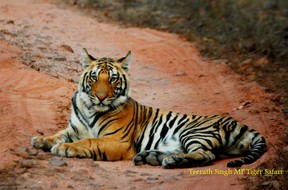 Situated in the Maikal Hills of Satpura Ranges that encompasses the State of Madhya Pradesh, Kanha is a paradise on earth. The Maikal Hills are the convergence point of the Vindhya & Satpura, and the source of River Narmada & Son. The forests received early protection during British Rule. Two valleys namely Halon and Banjar were notified as sanctuaries in that period.
Situated in the Maikal Hills of Satpura Ranges that encompasses the State of Madhya Pradesh, Kanha is a paradise on earth. The Maikal Hills are the convergence point of the Vindhya & Satpura, and the source of River Narmada & Son. The forests received early protection during British Rule. Two valleys namely Halon and Banjar were notified as sanctuaries in that period. 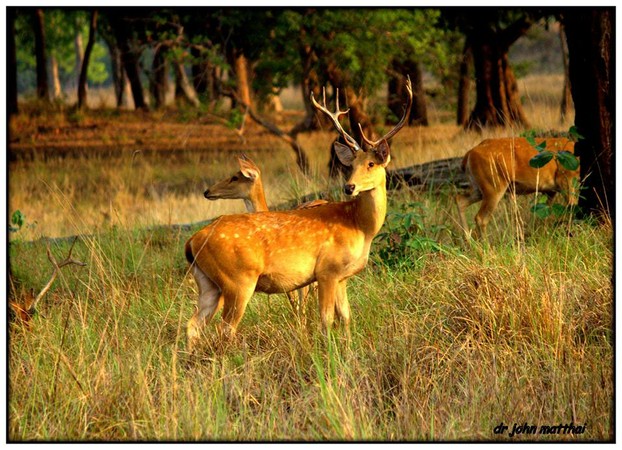
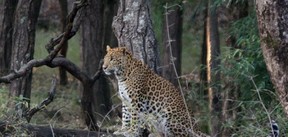 Kanha is home to about 100 tigers, and their number is steadily growing every year. A large number of leopards also inhabit this amazing biodiversity hub. This speaks highly of excellent management and conservation research that has been carried out for years. One of the notable achievements that have brought fame to the park is the conservation of hard-ground barasingha or hard-ground swamp deer. This is a unique race found only in this park, and it has recently been shifted to nearby places in small numbers.
Kanha is home to about 100 tigers, and their number is steadily growing every year. A large number of leopards also inhabit this amazing biodiversity hub. This speaks highly of excellent management and conservation research that has been carried out for years. One of the notable achievements that have brought fame to the park is the conservation of hard-ground barasingha or hard-ground swamp deer. This is a unique race found only in this park, and it has recently been shifted to nearby places in small numbers.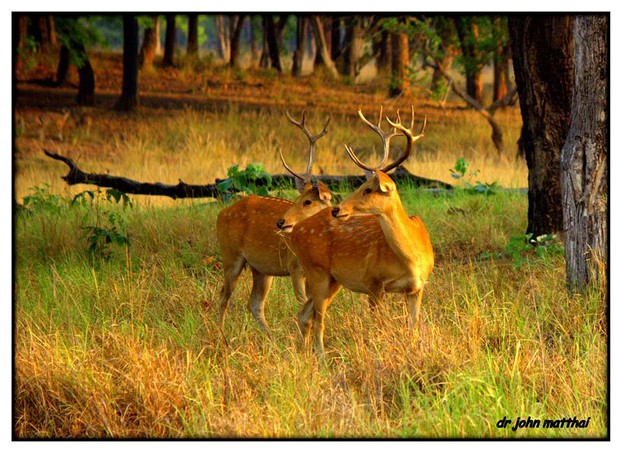
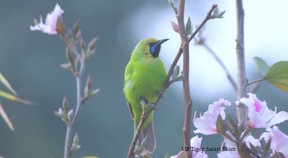 The diverse topography and varied climate make Kanha National Park home to many avian wonders. The numbers are augmented in winter whence the migrant from North India, Asia, and Europe arrive.
The diverse topography and varied climate make Kanha National Park home to many avian wonders. The numbers are augmented in winter whence the migrant from North India, Asia, and Europe arrive.

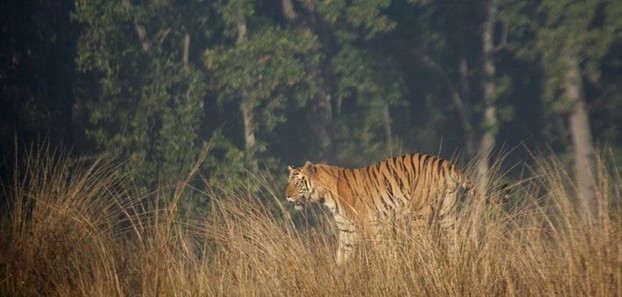
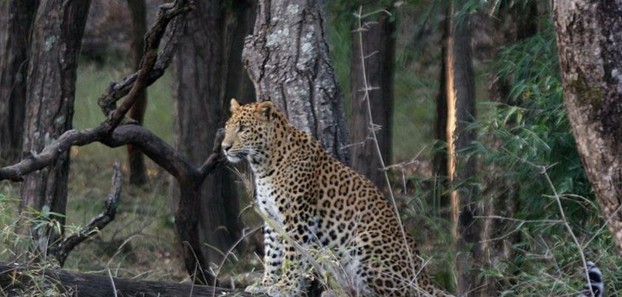
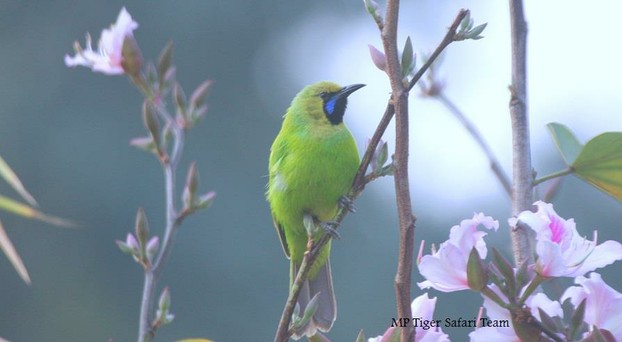
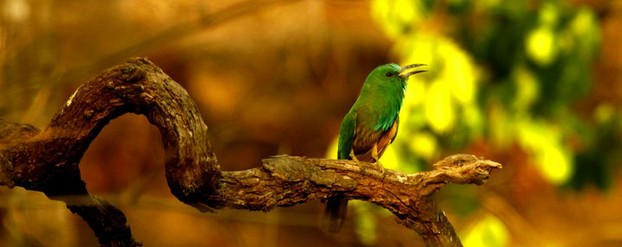



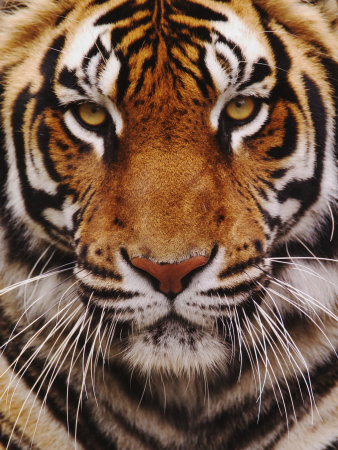
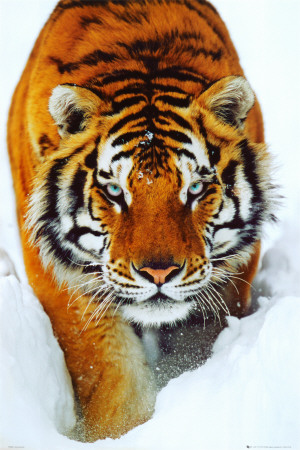
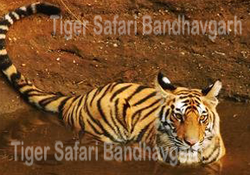

 Full Day Safari in Bandhavgarhon 08/29/2023
Full Day Safari in Bandhavgarhon 08/29/2023
 SEO Campaign: Website Overhaulon 02/13/2023
SEO Campaign: Website Overhaulon 02/13/2023
 Indian Food It Is Not All Curryon 02/08/2023
Indian Food It Is Not All Curryon 02/08/2023
 How Tiger Tourism is Organized in India?on 02/07/2023
How Tiger Tourism is Organized in India?on 02/07/2023

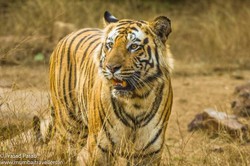
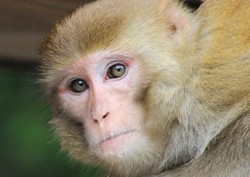
Comments
Kanha has blue peacock and yes venomous snakes!
pateluday, Thank you for the photos, practicalities and products.
Does Kanha not have blue Indian peafowl? I notice that it has cobras and Russell's vipers, against whose bites blue Indian peafowl feather steroids inhibit the poisonousness. Might there be another local, regional, traditional remedy?
Thanks!
Lovely pictures...
Thanks! Many Protected areas have been created in India in order to save the tiger and other life forms!
It's good there is a such an area set aside for these beautiful animals. I'm so happy to hear the tiger population is increasing. I'm pinning this to my See the World board.